December 2022
Every year, we look back on our published issues to see how we did with our readers. We like to look at which subjects were most popular, which essays elicited the strongest responses, and which were most read. The results are always different, and always fascinating.
This year, we asked our readers directly which articles were their favorites. Below you can find the top 10 titles based on the results of that survey. Again, the results are enlightening — while stories about Lincoln and the Civil War landing the top spots may be expected, we were happily surprised to find lesser-known topics like privateers during the Revolution and Olympic icon Jim Thorpe getting lots of play.
Take a look at the full list below, and feel free to email us with your own nominations or suggestions at editor@americanheritage.com.
— The Editors
1. Lincoln Walks a Tightrope, by David S. Reynolds, Spring Issue
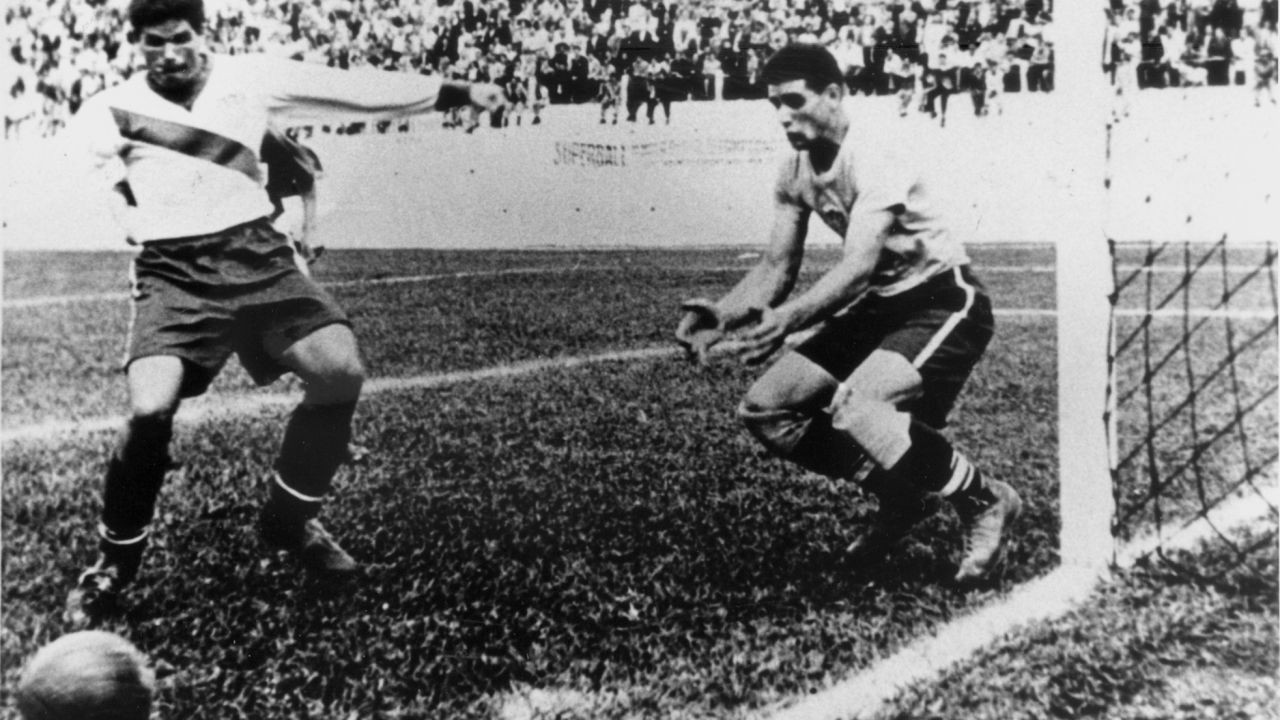
Editor's Note: Bruce Watson is a writer, historian, and contributing editor at American Heritage. You can read more of his work on his blog, The Attic.
BELO HORIZONTE, BRAZIL — JUNE 29, 1950 — No eyes of an eager world focused on the soccer squads as they took the pitch that afternoon. But to 30,000 onlookers in this Brazilian mining city, the game looked like it would be a rout.
On December 16, 1859, two of John Brown's black comrades, John Anthony Copeland and Shields Green, were hanged in Charlestown, Virginia (now West Virginia) for their role in the raid on Harpers Ferry.
They were two of the five African Americans in “John Brown’s Army” whose stories are told in my book, Five for Freedom. The 18 raiders, led by Brown, seized the town’s federal arsenal and rifle works. Brown’s plan was to incite a slave insurrection that would topple the hated institution of chattel slavery. The raid failed in its immediate objective but, many say it sparked the civil war that ultimately abolished slavery.
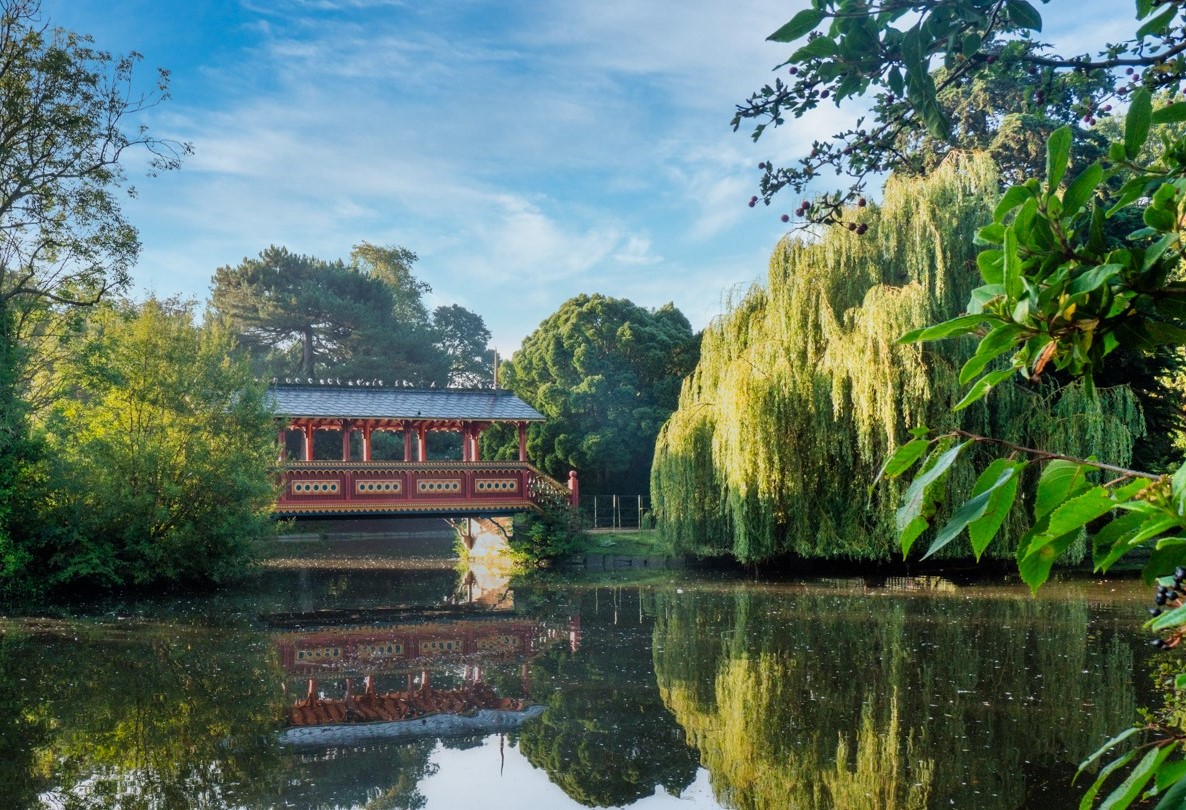
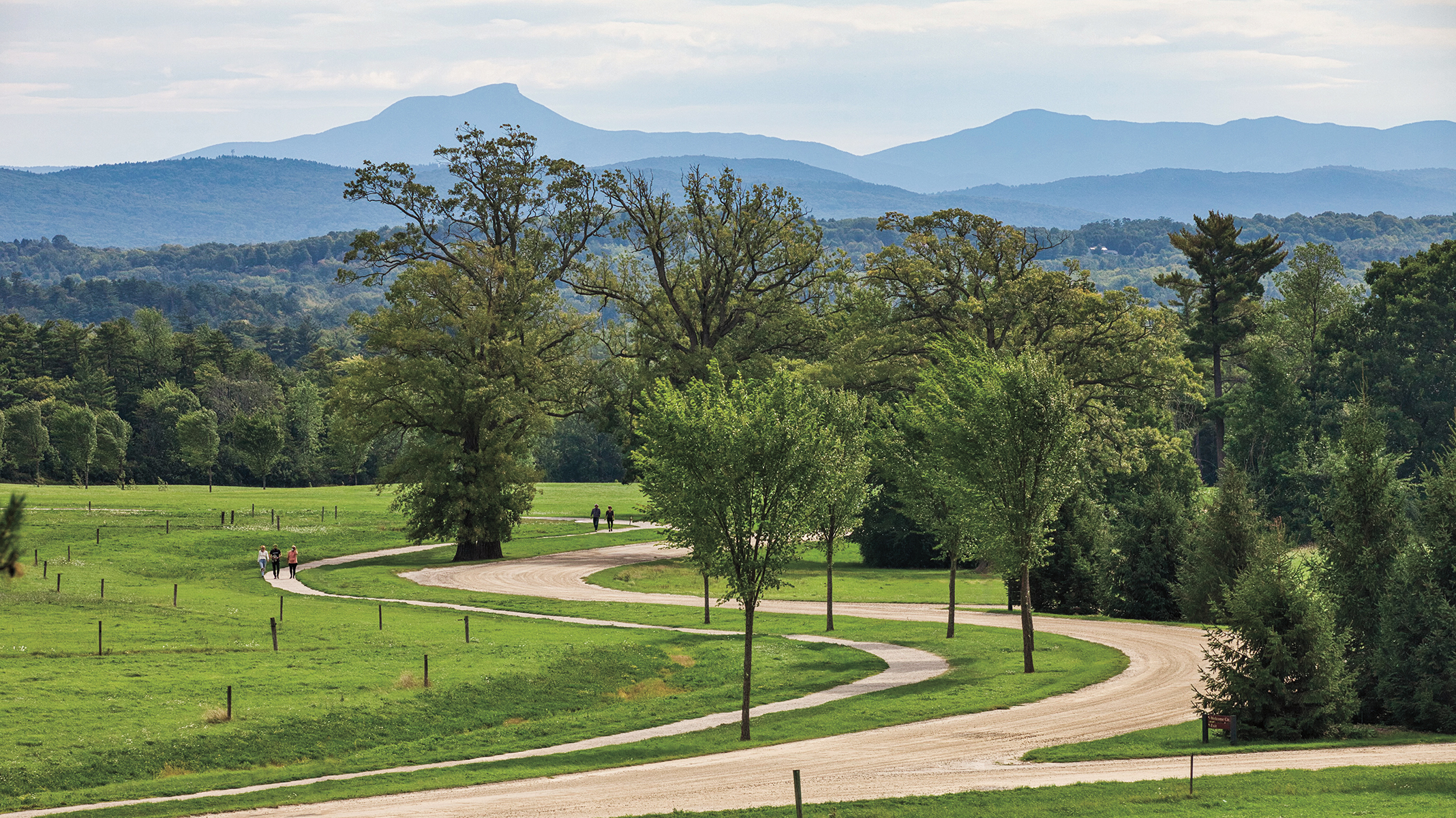
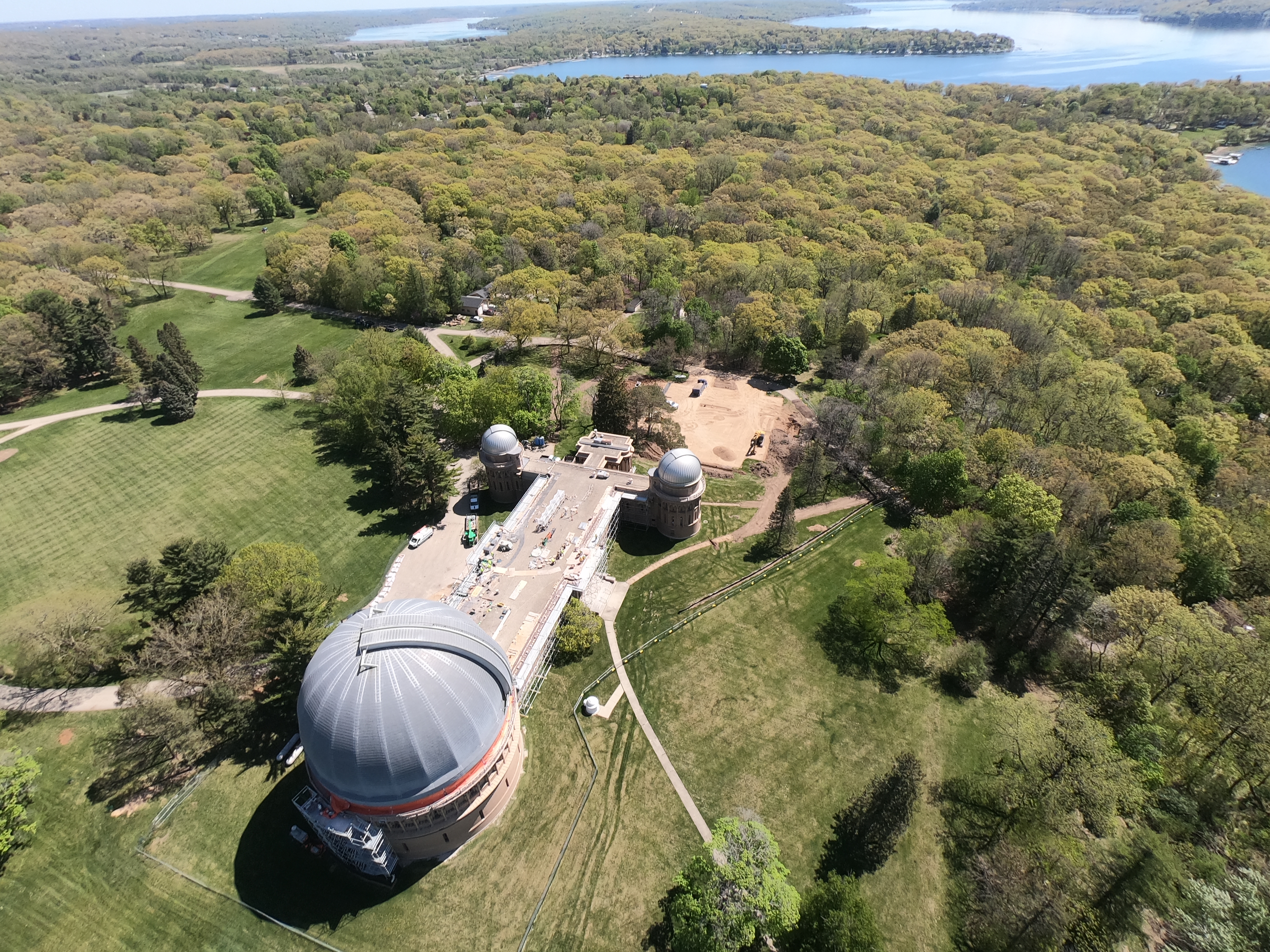
,

,
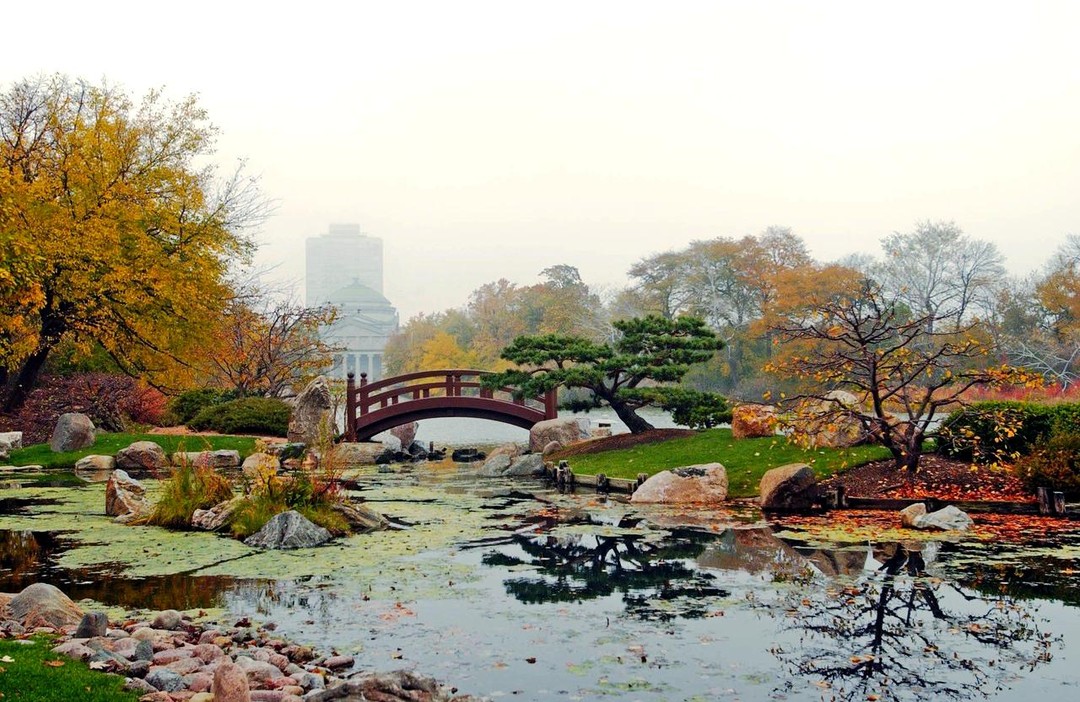

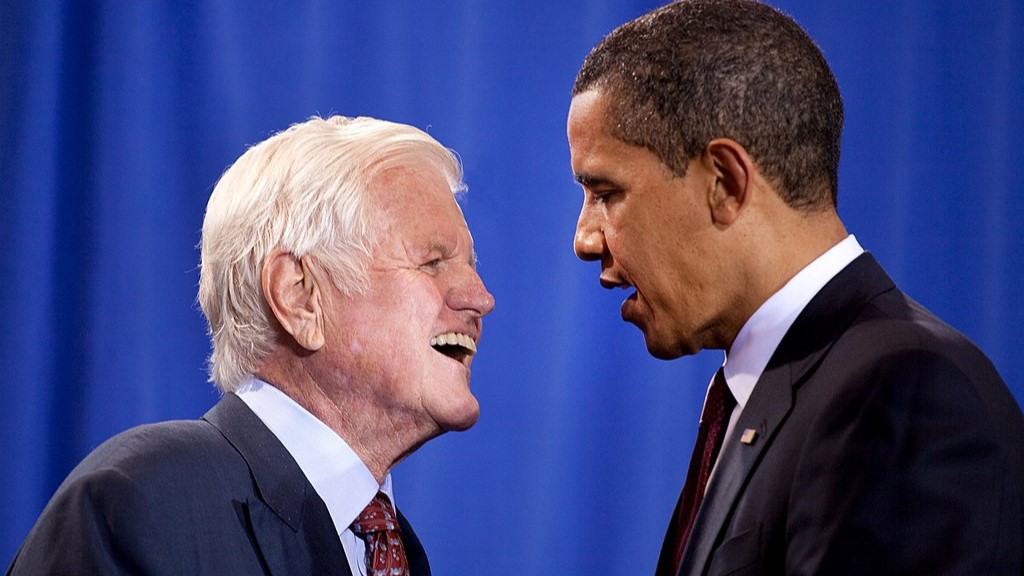
Editor’s Note: John Farrell turned to writing biography after a distinguished career as a journalist at the Boston Globe and other publications. His biography of Richard Nixon won numerous awards and was a finalist for a Pulitzer Prize. Mr. Farrell adapted the following from his new book, Ted Kennedy: A Life.
It was the lead-up to a presidential election, an unsettling late summer for many Americans since the hugely popular incumbent, Theodore Roosevelt, was declining to run for president a second time. The national gossip centered around whether portly William Howard Taft, who Roosevelt handpicked as his successor at Chicago’s Republican convention that June of 1908, could possibly follow the charismatic advocate of the strenuous life. Somehow Taft seemed an unlikely replacement for the president “who does not shrink from danger, from hardship.” So the news story out of the remote Southwest late that August initially seemed little more than a momentary distraction from politics, even if for some it might have been a reminder of the kind of heroic leadership the country was losing.
